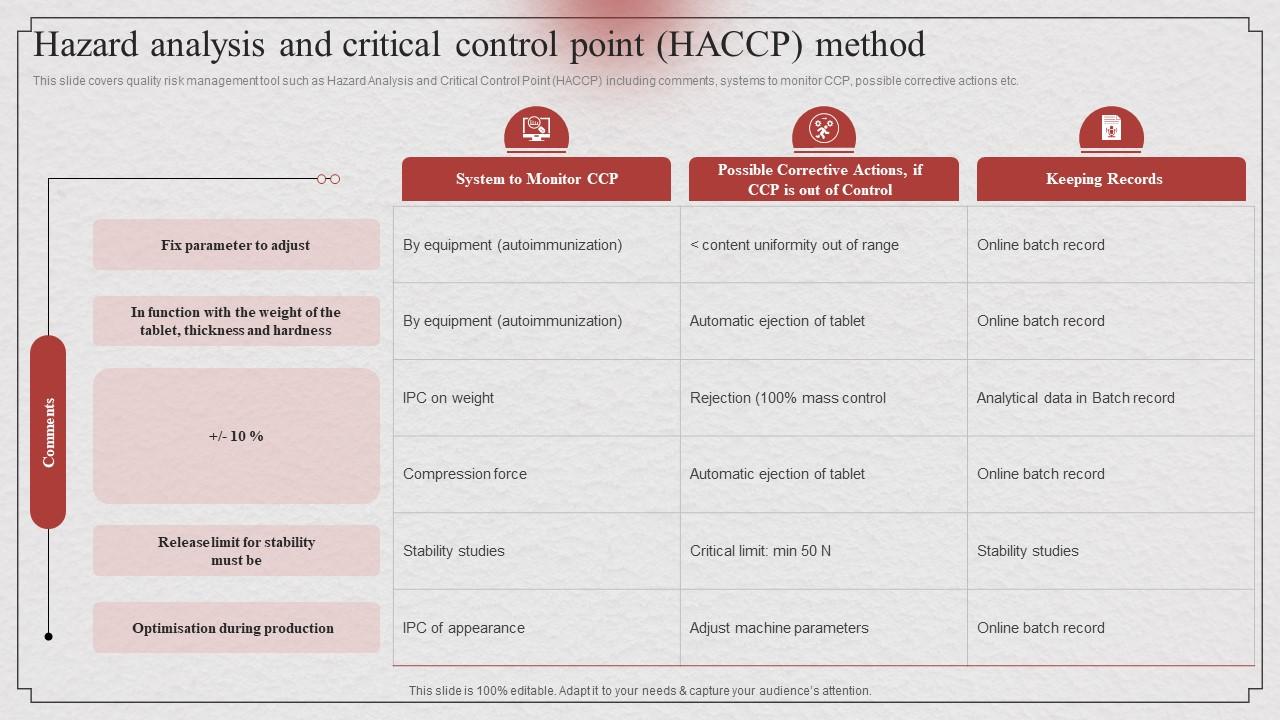AI-Powered Process Safety: A New Patent's Approach To Hazard Reduction

Table of Contents
Understanding the Limitations of Traditional Process Safety Methods
Traditional process safety methods often rely on reactive measures and lagging indicators. This means safety protocols are typically implemented after an incident has occurred, rather than preventing it beforehand. Human error remains a significant factor in process safety incidents, highlighting the limitations of solely relying on human oversight. Furthermore, data analysis is often slow and inefficient, hindering timely interventions.
- Manual inspections are time-consuming and may miss subtle anomalies: Regular physical checks are crucial, but they're labor-intensive and can overlook minor irregularities that might signal larger problems.
- Historical data analysis lacks predictive capabilities: Reviewing past incidents helps identify trends, but it doesn't predict future failures. This reactive approach often leads to costly downtime.
- Reactive safety measures often lead to costly downtime and repairs: Addressing problems after they arise is significantly more expensive and disruptive than proactive prevention.
How AI Enhances Process Safety
AI significantly enhances process safety by offering a proactive and predictive approach. This is achieved through several key functionalities:
-
Real-time data analysis: AI algorithms process vast amounts of data from various sensors (temperature, pressure, flow rate, etc.) to identify potential hazards before they escalate into incidents. This real-time monitoring provides immediate insights into process conditions.
-
Predictive modeling: AI, using machine learning and deep learning techniques, can predict potential failures and anomalies based on historical data and real-time insights. This allows for proactive interventions, preventing incidents before they happen. Predictive maintenance is a key benefit here.
-
Improved anomaly detection: AI excels at detecting subtle deviations from normal operating parameters that might be missed by human operators. These early warnings can be crucial for preventing serious incidents.
-
Automated responses: In some scenarios, AI can trigger automated safety protocols (e.g., shutting down equipment, adjusting parameters) to mitigate hazards instantly. This rapid response minimizes the impact of potential incidents.
-
Machine learning algorithms identify patterns indicative of potential risks: AI can uncover hidden correlations in data, highlighting previously unnoticed risk factors.
-
Deep learning models predict equipment failures with higher accuracy: These advanced models provide more precise predictions, optimizing maintenance schedules and minimizing downtime.
-
AI-powered dashboards provide real-time visualizations of process safety parameters: This allows operators to quickly grasp the overall safety status and take informed action.
The New Patent's Innovative Approach
This new patent introduces a novel AI-powered process safety system that builds upon existing technologies. (Note: Specific details about the patent's technology would be included here, referencing claims and functionalities. For this example, we'll use hypothetical features.) The core technology utilizes a proprietary algorithm for anomaly detection in complex, interconnected systems. This surpasses the limitations of traditional methods by focusing on:
- Utilizes a novel algorithm for anomaly detection in complex systems: This algorithm is designed to handle noisy data and complex interactions between different process variables, providing more accurate and reliable anomaly detection.
- Integrates data from diverse sources for a holistic risk assessment: The system combines data from various sensors, historical records, and external factors to provide a comprehensive risk assessment.
- Offers customizable alerts and notifications based on user-defined thresholds: Users can tailor alert settings to their specific needs and risk tolerance, ensuring timely and relevant notifications. This improves efficiency by reducing false alarms.
Benefits of AI-Powered Process Safety
Implementing AI-powered process safety solutions, like the one described in the new patent, offers numerous benefits:
-
Reduced risk of accidents and incidents: Proactive hazard identification and mitigation significantly reduce the likelihood of accidents.
-
Improved operational efficiency and reduced downtime: Predictive maintenance minimizes unexpected shutdowns and extends the lifespan of equipment.
-
Cost savings through preventative maintenance and optimized resource allocation: Proactive measures are far more cost-effective than reactive repairs.
-
Enhanced compliance with safety regulations: AI-powered systems help organizations meet stringent safety standards and demonstrate compliance.
-
Lower insurance premiums due to reduced risk profile: A demonstrably safer operation often translates to lower insurance costs.
-
Improved worker safety and reduced injury rates: AI helps create a safer work environment for employees.
-
Minimized environmental impact through proactive hazard mitigation: Preventing accidents protects the environment from potential pollution or damage.
Conclusion
The application of AI, as highlighted by this innovative patent, signifies a paradigm shift in process safety. By leveraging the power of machine learning and predictive analytics, industries can move from reactive to proactive hazard management. This leads to significant improvements in safety, efficiency, and cost-effectiveness. Embracing AI-powered process safety solutions, like the one detailed in this new patent, is no longer a luxury but a necessity for a safer and more sustainable future. To learn more about how AI-powered process safety can benefit your organization, explore the latest research and advancements in this rapidly evolving field. Invest in AI-powered process safety – protect your people, your assets, and your environment.

Featured Posts
-
 Eurovision Irishmans Armenian Song Wins
Apr 30, 2025
Eurovision Irishmans Armenian Song Wins
Apr 30, 2025 -
 Anomalnoe Teplo V Chelyabinske Gorki Ne Rabotayut
Apr 30, 2025
Anomalnoe Teplo V Chelyabinske Gorki Ne Rabotayut
Apr 30, 2025 -
 Will Lars Klingbeil Become Germanys Vice Chancellor And Finance Minister
Apr 30, 2025
Will Lars Klingbeil Become Germanys Vice Chancellor And Finance Minister
Apr 30, 2025 -
 Impact Of The Recent Trade A Look At The Cleveland Cavaliers Week 16
Apr 30, 2025
Impact Of The Recent Trade A Look At The Cleveland Cavaliers Week 16
Apr 30, 2025 -
 Flaminia Sale In Classifica Dal Quinto Al Secondo Posto
Apr 30, 2025
Flaminia Sale In Classifica Dal Quinto Al Secondo Posto
Apr 30, 2025
